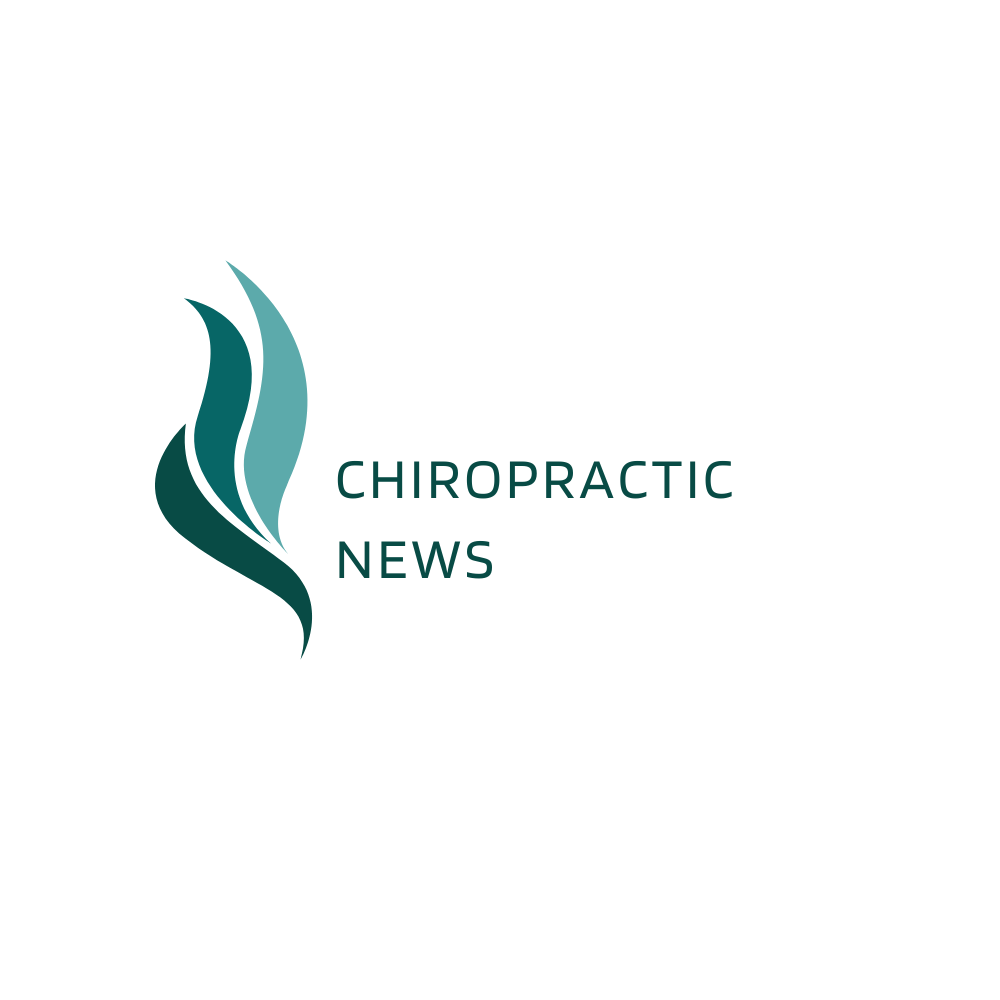-
More
-
- What is chiropractic?
- How does chiropractic care work?
- How often should I see a chiropractor?
- What should I expect during my first chiropractic visit?
- Does chiropractic care hurt?
- What is chiropractic wellness care?
- What is chiropractic maintenance care?
- What is a cold laser therapy?
- What is ultrasound therapy?
- What is ergonomic consultation?
- What is stress management?
- What is acupuncture?
- What is Tai Chi?
- What is occupational therapy?
- What is aromatherapy?
- What is Bowen therapy?
- What is naturopathic medicine?
- What does a chiropractor do?
- What conditions can a chiropractor treat?
- How long will my chiropractic treatment last?
- Do I need a referral to see a chiropractor?
- Are there any side effects from chiropractic care?
- What should I do after my chiropractic treatment?
- What is spinal manipulation?
- What is a trigger point massage?
- What is traction?
- What is a nutritional consultation?
- What is smoking cessation?
- What is detoxification?
- What is Pilates?
- What is physiotherapy?
- What is reflexology?
- What is shiatsu?
- What are the benefits of chiropractic care?
- Is chiropractic care safe?
- How much will chiropractic care cost?
- What is a chiropractic adjustment?
- What can I do to prepare for my chiropractic visit?
- What is chiropractic rehabilitative care?
- What is an extremity adjusting?
- What is electrical muscle stimulation?
- What is decompression therapy?
- What is lifestyle counseling?
- What is weight loss?
- What is yoga?
- What is massage therapy?
- What is hydrotherapy?
- What is Reiki?
- What is craniosacral therapy?
-
Cold laser therapy is a treatment that involves the use of a laser to reduce pain and swelling in the tissues and muscles of the face. Cold laser therapy works by triggering a response in the nerve endings in the treated area. This causes the blood vessels in the treated area to contract, reducing blood flow and swelling. This in turn makes the injured tissues more sensitive to touch and reduces the pain associated with the injury. Cold laser therapy is used to treat a wide range of conditions and injuries, including sprains and strains, lacerations, burns, nerve damage, and degenerative joint diseases such as osteoarthritis. This article explains how cold laser therapy works, its benefits, and contraindications so you can make an informed decision about whether it’s right for you.
How does cold laser therapy work?
The mechanism of action for cold laser therapy is not fully understood, but it is believed to involve the triggering of a nerve response in the treated area. This response causes blood vessels in the treated area to contract, reducing blood flow and swelling. This in turn makes the injured tissues more sensitive to touch and reduces the pain associated with the injury.The benefits of cold laser therapy are related to the reduction in swelling and pain. The reduction in swelling helps the injured tissues heal faster and reduce the risk of permanent damage. The reduction in pain helps the patient recover more quickly, reduces the need for painkillers, and allows the patient to return to normal activities sooner.
Benefits of cold laser therapy
Reduced swelling - The most obvious benefit of cold laser therapy is the reduction in swelling. This is due to the blood vessel constriction that is triggered by the treatment. This reduction in swelling can help the injured tissues heal faster and reduce the risk of permanent damage. Reduced pain - The reduction in swelling associated with cold laser therapy can also help reduce the pain associated with the injury. This is because the nerve response triggered by the treatment makes the injured tissues more sensitive to touch. This means the patient experiences less pain when they are touching the injury. Reduced healing time - The reduction in swelling associated with cold laser therapy can also help reduce the healing time of the injury. This is because the quicker the swelling is reduced, the quicker the tissues can heal. This can help the patient return to normal activities sooner. Reduced risk of permanent damage - The reduction in swelling associated with cold laser therapy can also help reduce the risk of permanent damage. This is because the quicker the swelling is reduced, the less risk there is of permanent tissue damage. This can be especially important in cases of nerve damage or frostbite.
Contraindications for cold laser therapy
There are no absolute contraindications for cold laser therapy, but there are some conditions that may not be suitable for the treatment. These include:- Pregnancy - Cold laser therapy should not be used during pregnancy. This is because the laser can stimulate the uterus and cause contractions. This can be especially problematic if the patient has an epidural and is on pain medication.- Children - Cold laser therapy can be used on children, but it should be used with caution. This is because children are more sensitive to pain and heat than adults. This means that the laser should be used at a lower power and for a shorter duration than with adults.- Burns - Cold laser therapy should not be used on patients with burns. This is because the laser can increase the risk of the burns getting worse.
Conclusion
Cold laser therapy is a non-invasive treatment that can be used to treat a wide range of conditions and injuries. It can be used to treat a variety of injuries, including sprains and strains, lacerations, burns, nerve damage, degenerative joint diseases such as osteoarthritis, and other conditions.The main benefit of cold laser therapy is the reduction in swelling and pain. The reduction in swelling helps the injured tissues heal faster and reduce the risk of permanent damage. The reduction in pain helps the patient recover more quickly, reduces the need for painkillers, and allows the patient to return to normal activities sooner.
